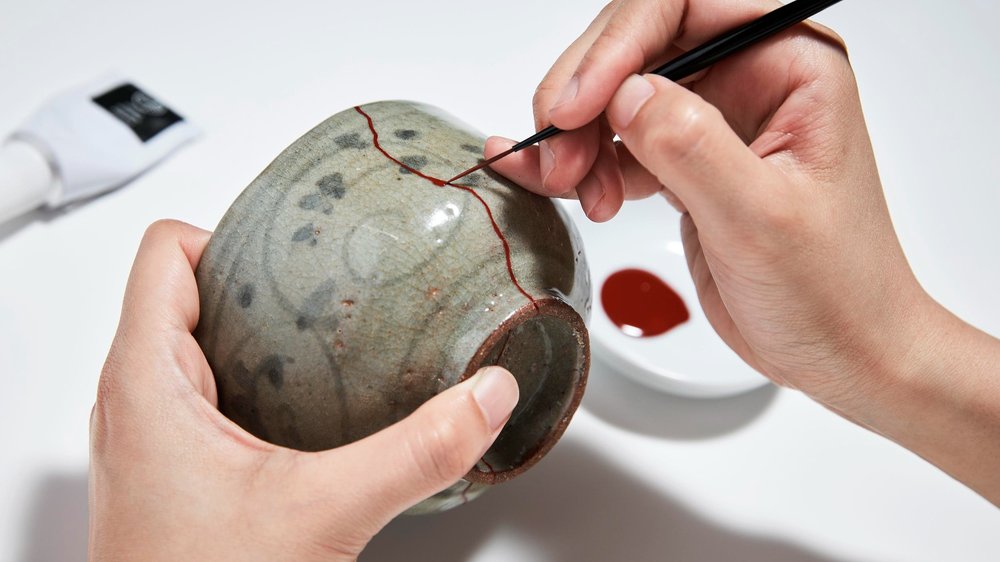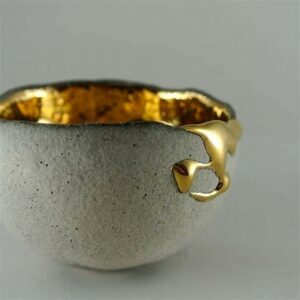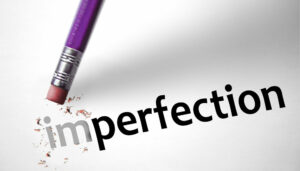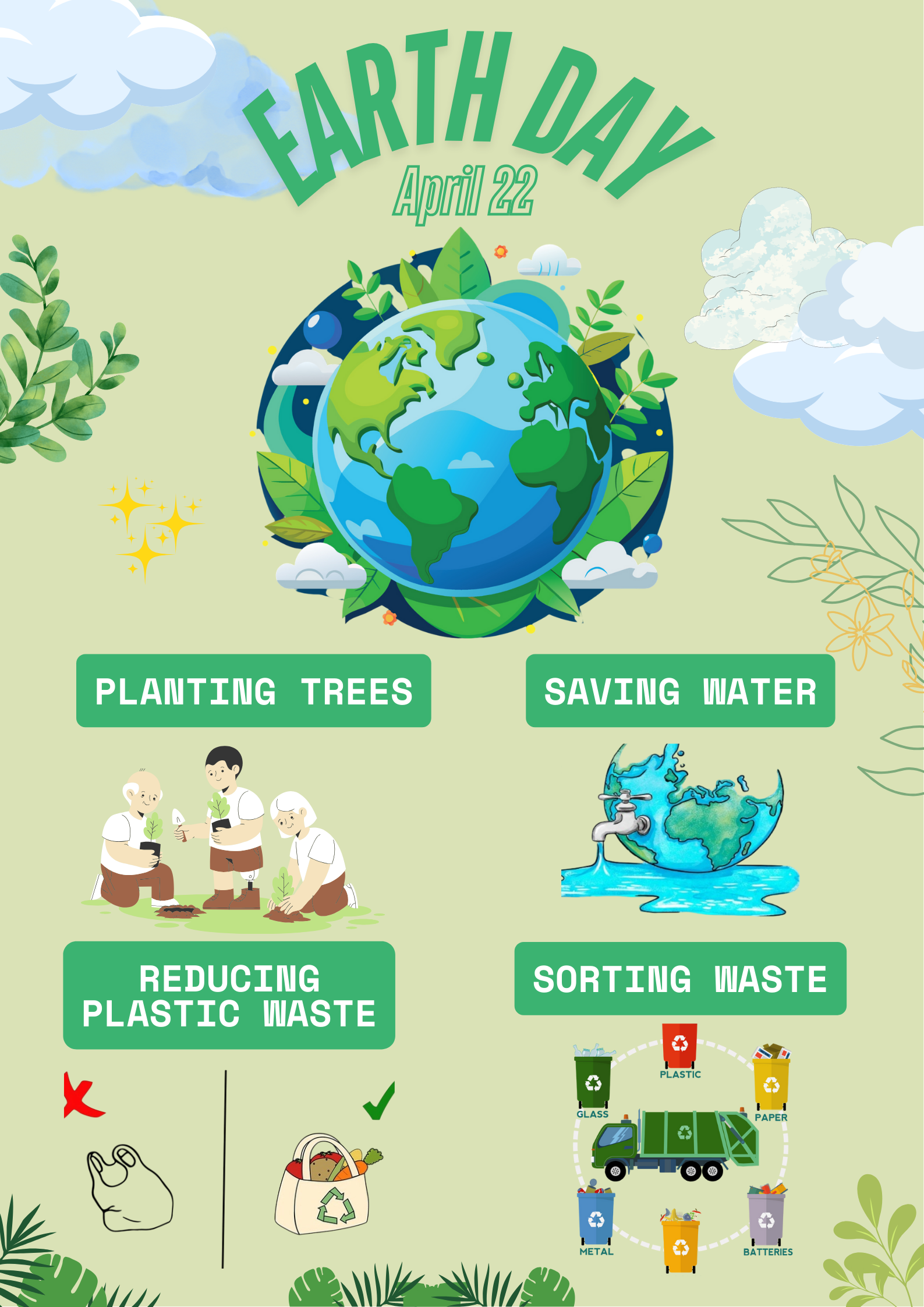
24.09.24
Kintsugi Art: The Core Value of Humanity in Healing
Kintsugi (金継ぎ, きんつぎ, “golden joinery”), also known as Kintsukuroi (金繕い, きんつくろい, “golden repair”), is a Japanese art of repairing broken pottery with lacquer mixed with powdered gold, silver, or platinum. (Source: Pinterest) However, Kintsugi is not just a simple repair technique but also brings profound human values, reflecting a philosophy of life. Let HANA Asia ... Read more
Kintsugi (金継ぎ, きんつぎ, “golden joinery”), also known as Kintsukuroi (金繕い, きんつくろい, “golden repair”), is a Japanese art of repairing broken pottery with lacquer mixed with powdered gold, silver, or platinum.
(Source: Pinterest)
However, Kintsugi is not just a simple repair technique but also brings profound human values, reflecting a philosophy of life. Let HANA Asia explore these philosophies through this article.
1. Rebirth from Brokenness: Kintsugi teaches us that cracks and breaks are not signs of weakness but opportunities for a stronger rebirth. Pottery pieces, once mended with gold, not only return to their original state but become more beautiful and valuable. This symbolizes our ability to overcome difficulties and injuries in life, becoming stronger and more complete after each fall.
(Source: garlandmag.com)
2. Appreciation of Imperfection: One of Kintsugi’s core values is celebrating imperfection. Instead of hiding cracks, this art highlights them and turns them into unique features. This is a valuable lesson in self-acceptance and self-appreciation, with all the flaws and injuries we carry.
(Source: Pinterest)
3. Connection and Healing: Kintsugi not only connects broken pottery pieces but also connects human souls. This art brings healing, not just to the broken object but also to the creator. The mending process requires patience, meticulousness, and dedication, helping the craftsman find peace and recovery in their soul.
(Source: vuanem.com)
4. Sustainability: Kintsugi also embodies a philosophy of sustainability, encouraging us to cherish and protect what we have instead of discarding and replacing. This is an important message in the modern context, where environmental and resource protection is becoming more urgent than ever.
(Source: bernardhiller.com)
Conclusion: Kintsugi is not just an art but a life philosophy, offering valuable lessons on rebirth, appreciating imperfection, connection and healing, as well as sustainability. The art of Kintsugi shows us that no one is perfect in this life, but life’s scars can make us shine like bowls mended with golden powder.
The profound human values that Kintsugi brings can inspire us in our life journey, helping us appreciate and overcome difficulties to become stronger and more complete day by day.













